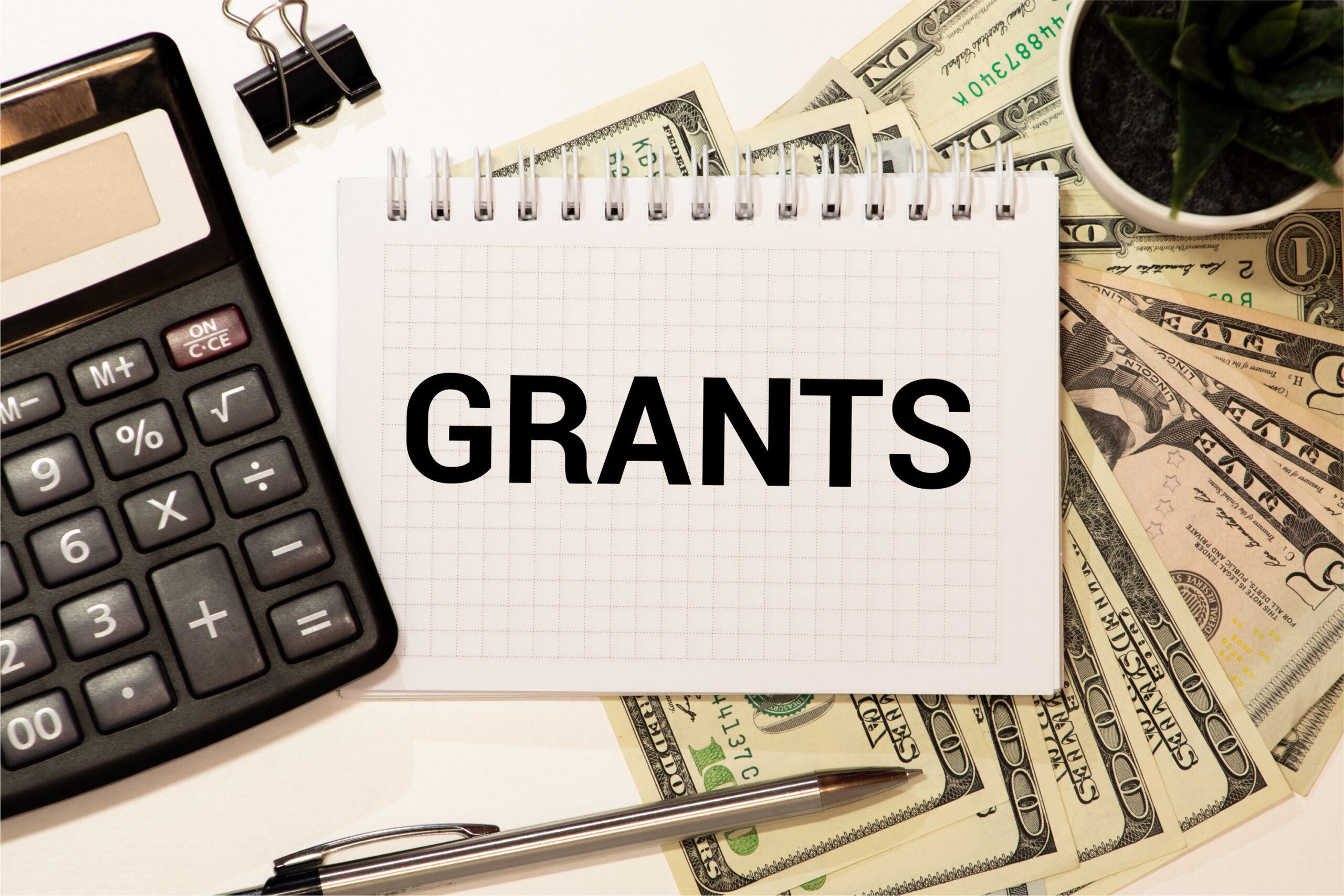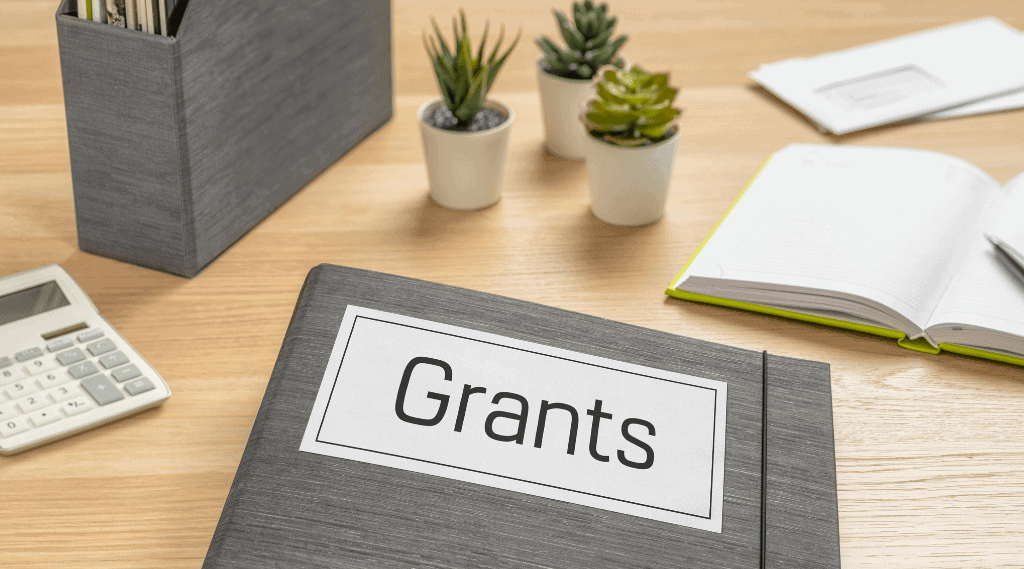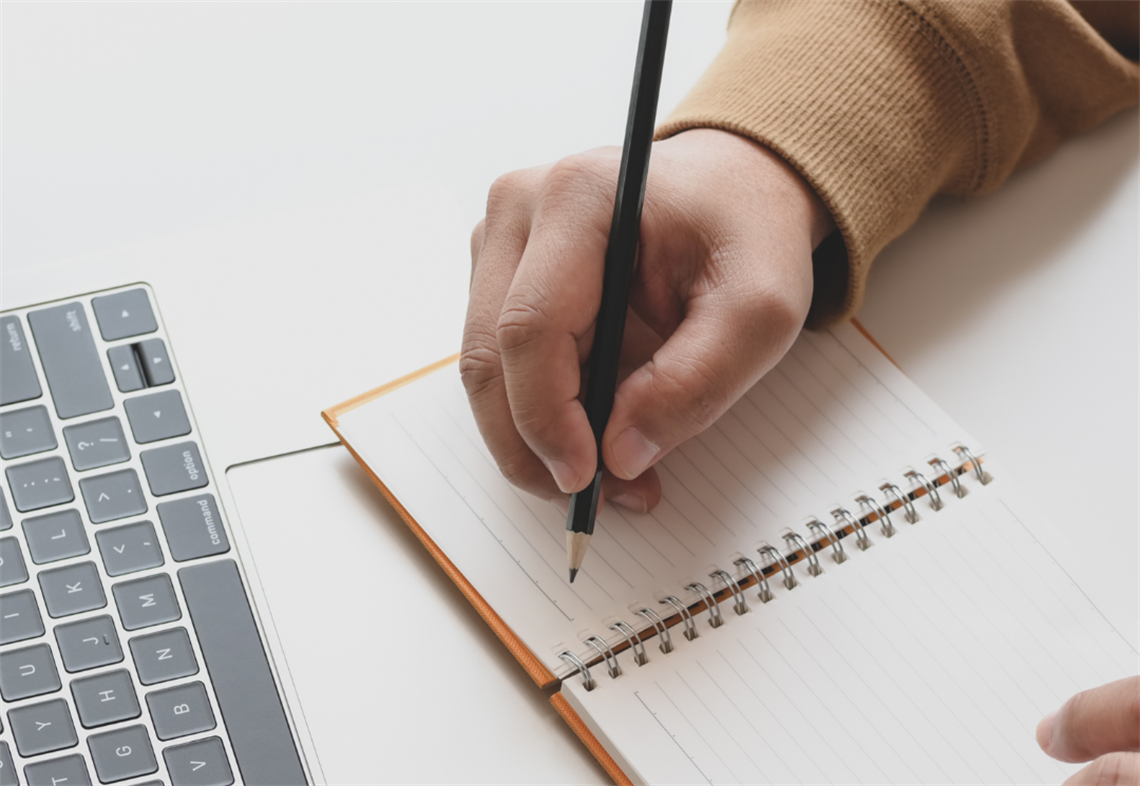Introduction.
Grant proposals can feel like a maze of ideas, details, and deadlines. I know firsthand that creating a proposal that truly stands out takes more than just following a template.
It means knowing your goals, understanding the funder’s priorities, and communicating your vision in a clear, honest way.
In this post, I’ll share my insights and tips for writing an effective grant proposal. I’ll cover everything from the basic structure to common pitfalls and even answer some frequently asked questions.
Why Grant Proposals Matter
Grant proposals can be a key to unlocking funding for projects that change lives, advance research, or support communities.
According to recent statistics, only about 10-15% of grant proposals receive funding, which means every detail counts.
The low success rate reminds me that funders are looking for clear, compelling, and realistic plans.
Just Before You Go
Empower individuals to overcome barriers, gain essential skills, and secure gainful employment through our proven programs—KeelMaster, KeelWings, and KeelMate. Your support can spark change and build brighter futures.
Donate NowWhen you write a strong proposal, you not only increase your chances of success but also build a reputation for professionalism and reliability. This guide is my way of sharing tips and insights that can help you craft a proposal that stands out from the crowd.
Understanding What a Grant Proposal Is
Before diving into writing, it’s important to understand what a grant proposal really is. Essentially, it’s a document that explains your project, why it matters, and how you plan to achieve it. It includes several key components:
- Cover Letter: A brief introduction to your proposal.
- Executive Summary: A snapshot of your project’s goals and impact.
- Problem Statement: A clear description of the issue your project will address.
- Objectives: The specific, measurable goals you plan to achieve.
- Methods: Detailed plans on how you will meet your objectives.
- Budget: An itemized list of expenses that shows how the funds will be used.
- Conclusion: A wrap-up that ties everything together and reinforces your message.
By understanding these parts, you can see how each one plays a role in building a persuasive case. This clarity is crucial since funders need to quickly grasp what your project is all about.
Research and Preparation
I always begin with thorough research. Knowing as much as possible about the funder is a must. Check out their website, past projects they’ve funded, and any guidelines they provide. This research helps you tailor your proposal to match their expectations and show that you understand their priorities.
For instance, many foundations publish their funding criteria and past award winners. This information can be found on websites like Grants.gov or Candid.
A strong proposal not only follows the guidelines but also speaks directly to what the funder cares about. Taking the time to align your project with the funder’s mission can make a big difference.
Structuring Your Proposal
A clear structure is key to an effective grant proposal. Here’s a breakdown of what I include in my proposals:
Introduction and Cover Letter:
I use this space to introduce myself and my project. I keep it friendly and straightforward, explaining the main idea in a couple of short paragraphs.
Executive Summary:
This section gives a concise overview of your project. I highlight the problem, my objectives, and the expected outcomes. This summary should be engaging enough to prompt a deeper look into the details.
Detailed Project Description:
In this part, I explain the problem I aim to solve, why it is important, and how my project offers a solution. I include clear objectives and a step-by-step plan of action.
Budget and Justification:
I provide a detailed budget that shows exactly how the funds will be spent. This section includes cost estimates for materials, labor, and any other expenses. I also add a brief explanation for each expense to show I’ve thought it through.
Conclusion:
I wrap up by summarizing the key points and emphasizing the potential impact of the project. This final note should leave the reader feeling confident about the project’s value.
By following a clear structure, I ensure that every part of my proposal has a purpose. This makes it easier for the reviewer to see the thought and planning behind the project.
Writing with Clarity and Persuasion
One of the most important aspects of writing a grant proposal is to be clear and persuasive. I find that a friendly tone works best here. Here are some tips that have helped me:
Keep It Simple.
Avoid overly complex sentences and jargon. I write as if I’m explaining the idea to a friend who isn’t an expert in the field.
Tell a Story.
I include examples or personal experiences that illustrate the need for my project. A compelling story can turn abstract ideas into something real and relatable.
Use Data and Examples.
When I mention statistics or research findings, I always provide a link or a source. For example, you might say, “Studies show that less than 15% of grant proposals secure funding (Candid).” Data like this can strengthen your case.
Be Honest.
I believe that honesty builds trust. If there are challenges or uncertainties, I mention them and explain how I plan to overcome them. Funders appreciate realistic and transparent plans.
Revise and Edit.
I always set aside time to review my proposal. A fresh set of eyes, even if it’s my own after a break, often catches mistakes and improves clarity.
Avoiding Common Pitfalls
Even the best ideas can get lost in translation if common mistakes are made. Here are some pitfalls I watch out for:
-
Ignoring Guidelines:
Each funder has specific requirements. Not following these can lead to immediate disqualification. I make sure to read the instructions carefully and check off every requirement before submitting my proposal. -
Lack of Focus:
It’s easy to stray into unnecessary details. I stick to the main points and keep my writing focused on how the project will make a real difference. -
Overly Technical Language:
Even if I’m writing for an expert audience, I try to avoid complex terms that might confuse the reader. Clear, direct language is always best. -
Poor Budgeting:
A vague or unrealistic budget can hurt the credibility of a proposal. I ensure that every number is backed up by a clear explanation and that the total cost reflects careful planning.
By keeping these pitfalls in mind, I work to make sure my proposal is as strong as possible.
Frequently Asked Questions
What should I include in my grant proposal?
My proposal includes a cover letter, an executive summary, a detailed project description, a clear budget with justification, and a conclusion that ties everything together. Each section plays a role in presenting a complete and compelling picture.
How long should a grant proposal be?
The length can vary, but I focus on being clear and concise. Some funders may have specific word or page limits, so it’s important to check their guidelines. Generally, I aim for enough detail to cover every aspect of the project without overloading the reader.
How can I improve my chances of success?
I always start by thoroughly researching the funder and tailoring my proposal to their priorities. Clear organization, a compelling narrative, and a realistic budget also go a long way. Remember, funders want to see that you have a clear plan and that you’re ready to make a difference.
How do I set a realistic budget?
I break down all the costs associated with my project and justify each expense. I compare similar projects and use trusted sources for cost estimates. Transparency in the budget helps build trust with funders.
Additional Resources
If you’re looking for more help or examples, here are some resources I have found useful:
- Candid: A great resource for finding data and statistics on grant funding. Visit Candid for more information.
- Grants.gov: This website provides a comprehensive guide to federal grants, including application tips and funding opportunities. Check out Grants.gov.
- The Grantsmanship Center: They offer training and resources on grant writing and management. Learn more at The Grantsmanship Center.
- National Institutes of Health (NIH): For research-based projects, the NIH website provides guidelines and examples. Visit NIH for details.
These resources have been very helpful in guiding my own grant proposal efforts, and I hope they prove useful for you too.
Conclusion
Writing an effective grant proposal is a skill that takes time to develop. Every proposal I write is a learning experience that builds my confidence and improves my next submission.
I believe that clear, honest, and well-structured writing can transform an idea into a project that attracts funding and makes a real impact.
Remember, every successful proposal starts with understanding the funder’s priorities and aligning your project with those goals.
I’d love to hear from you. What is the most important factor in creating an effective grant proposal?
Just Before You Go
Empower individuals to overcome barriers, gain essential skills, and secure gainful employment through our proven programs—KeelMaster, KeelWings, and KeelMate. Your support can spark change and build brighter futures.
Donate Now


